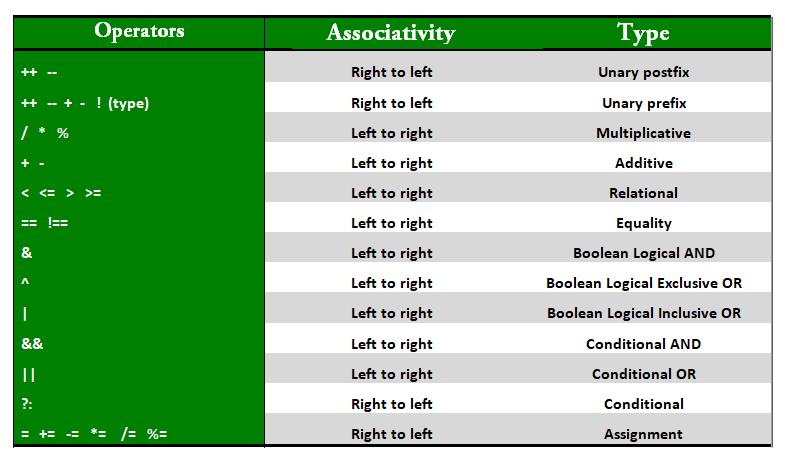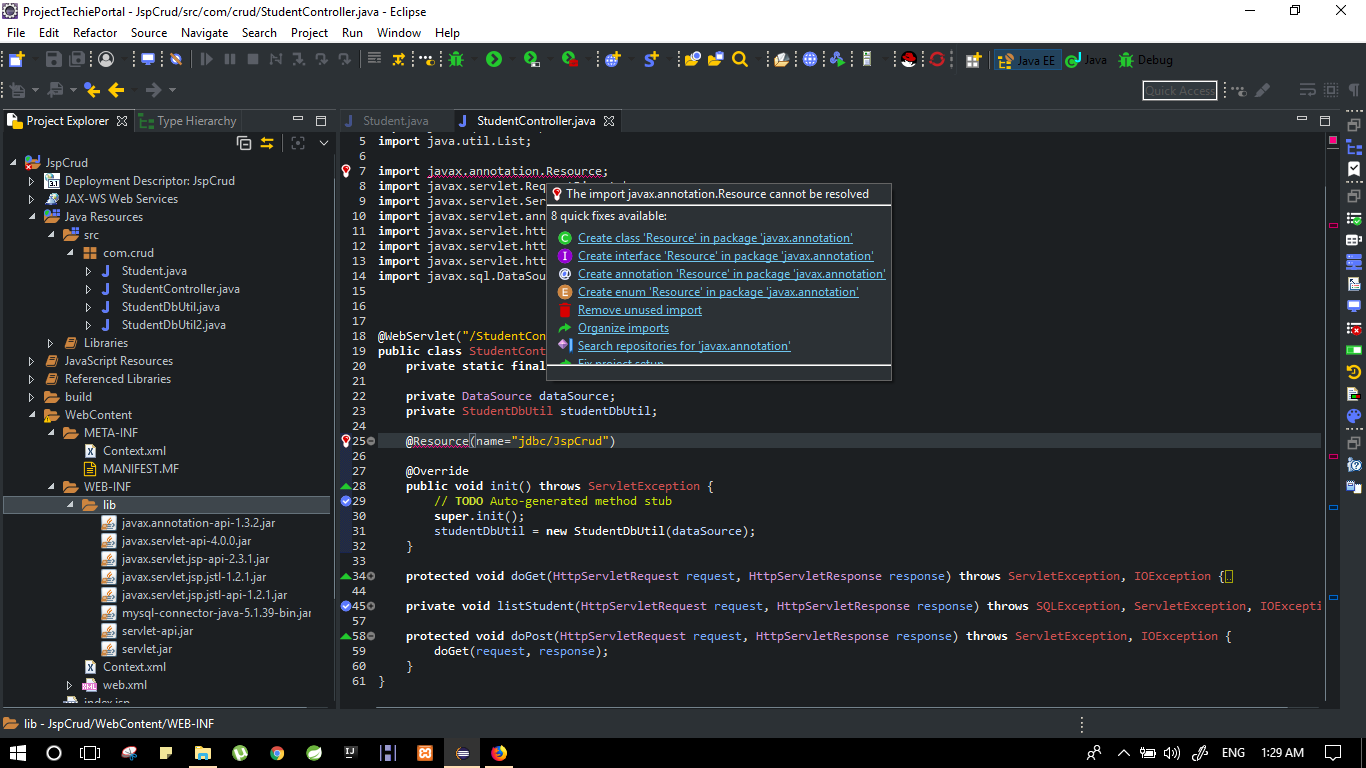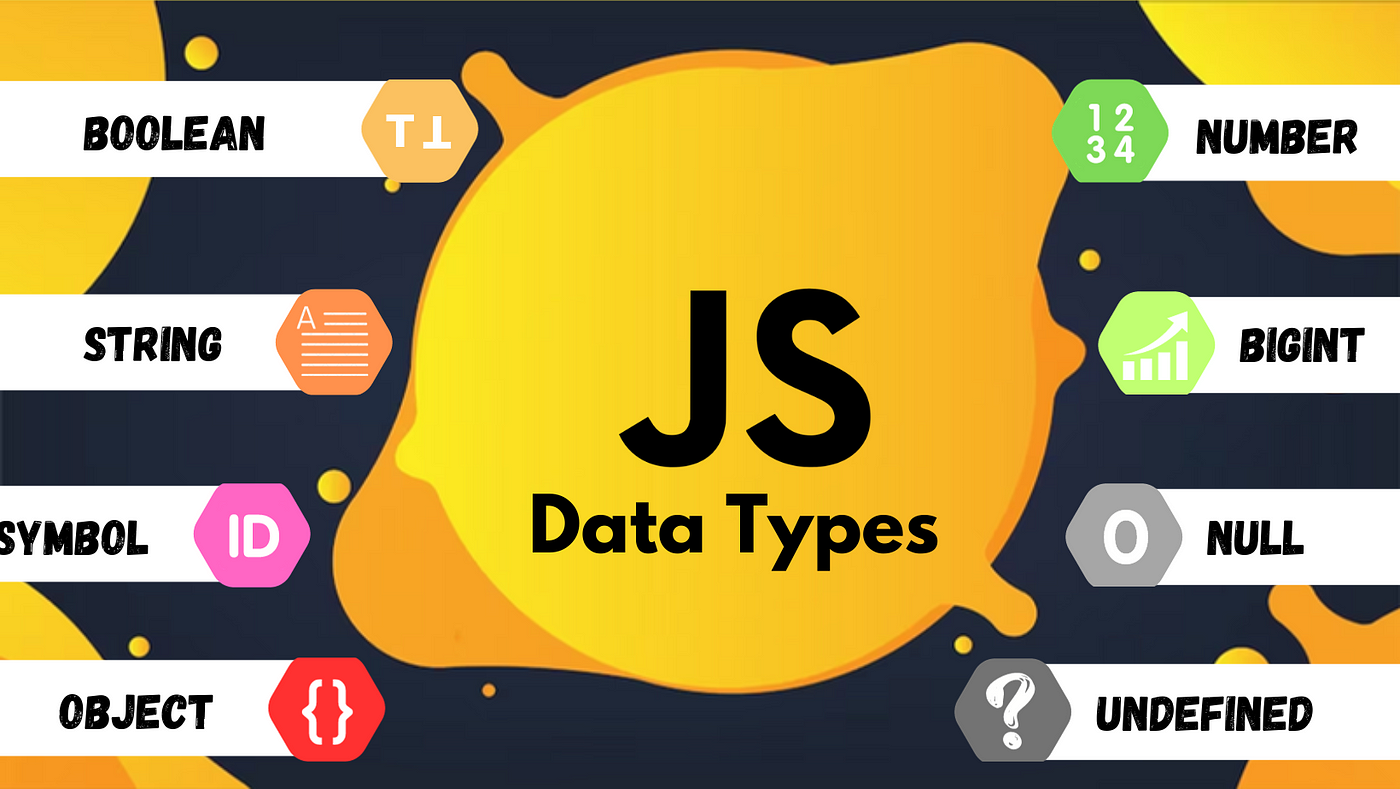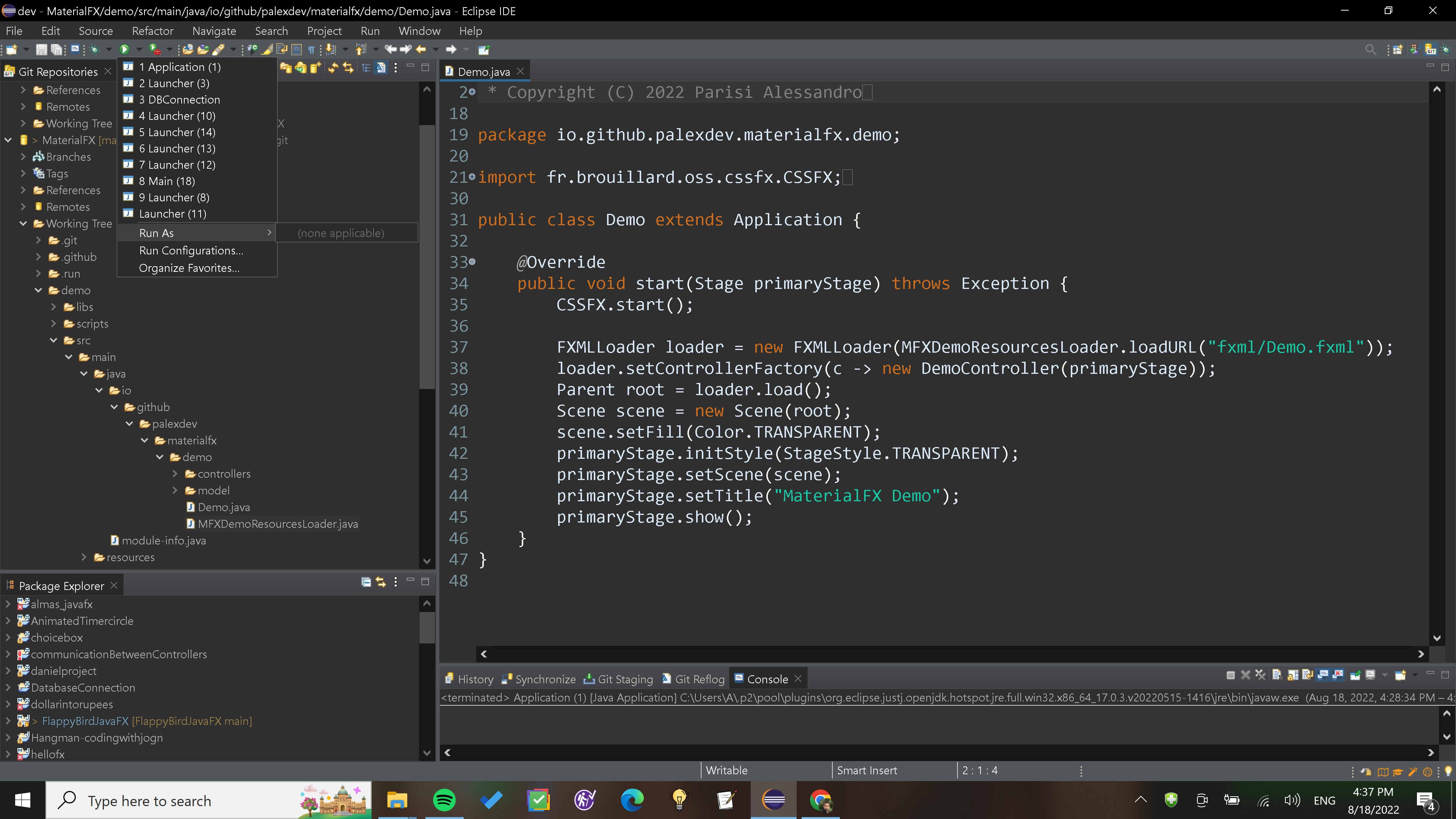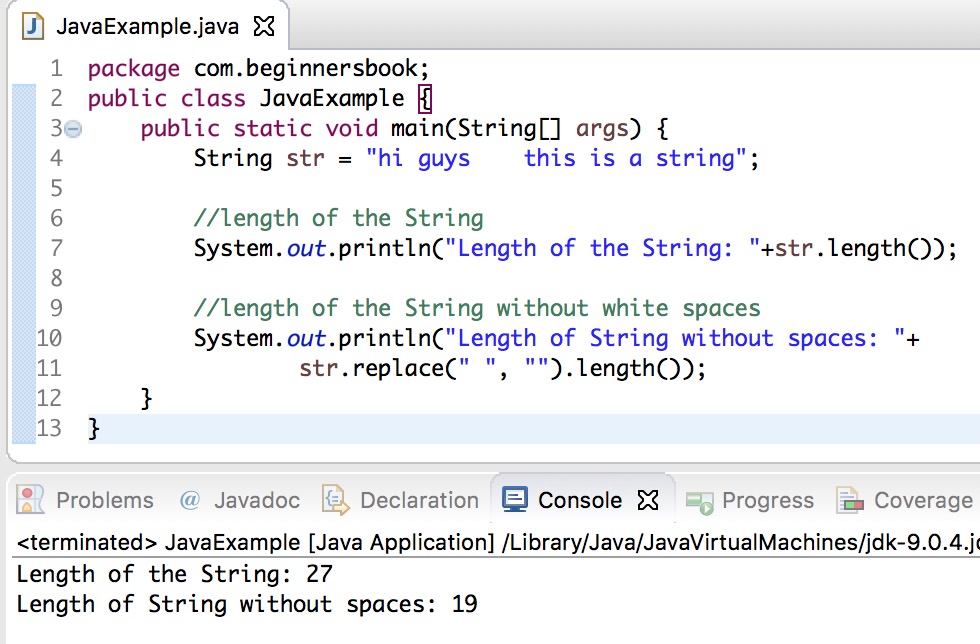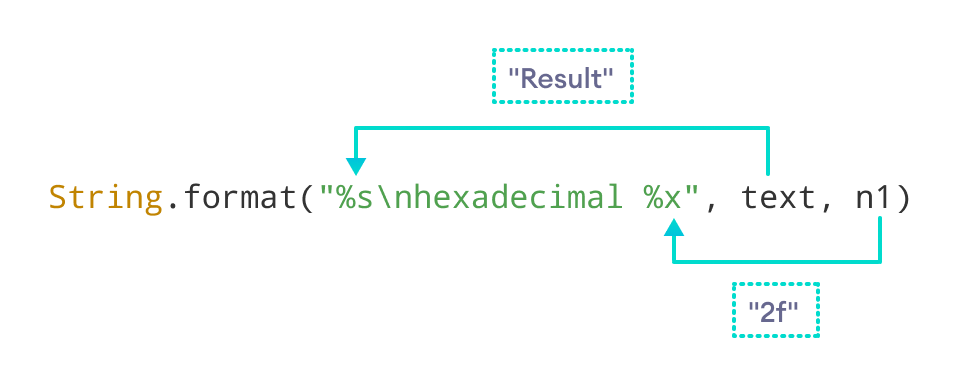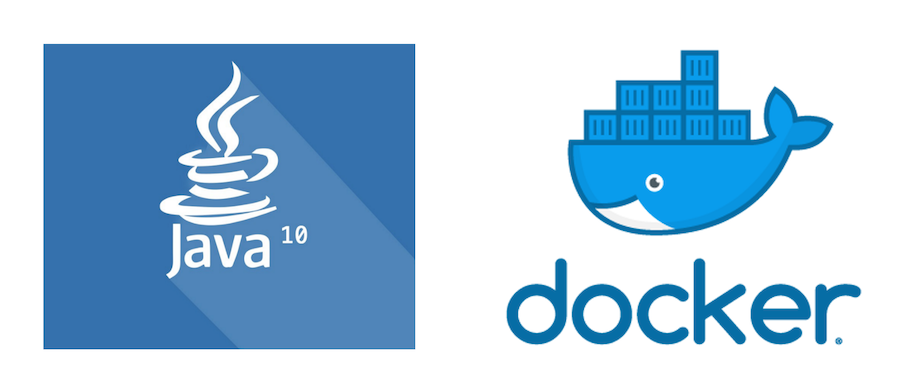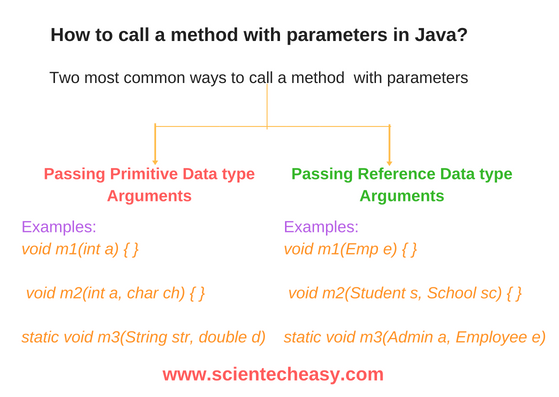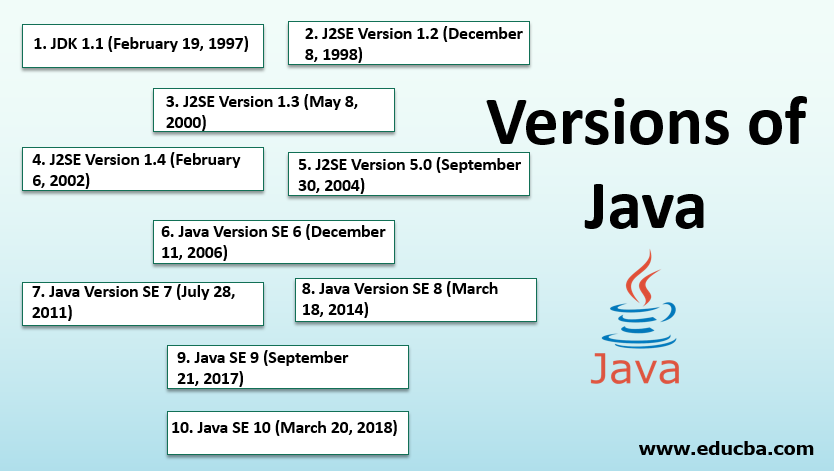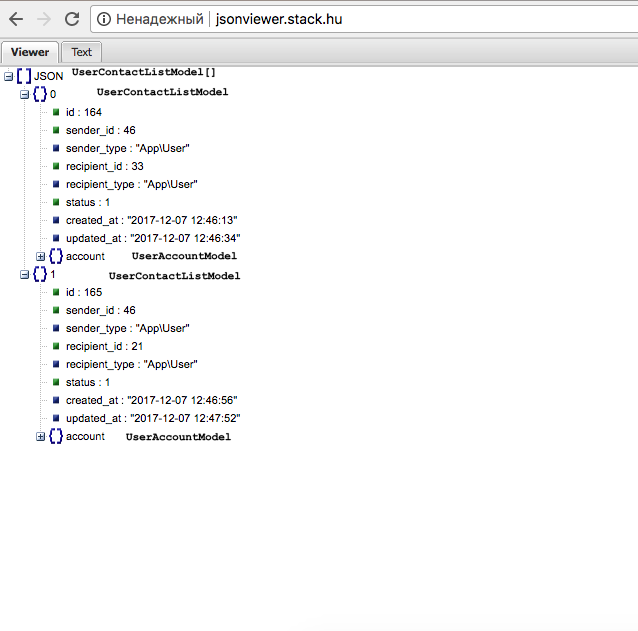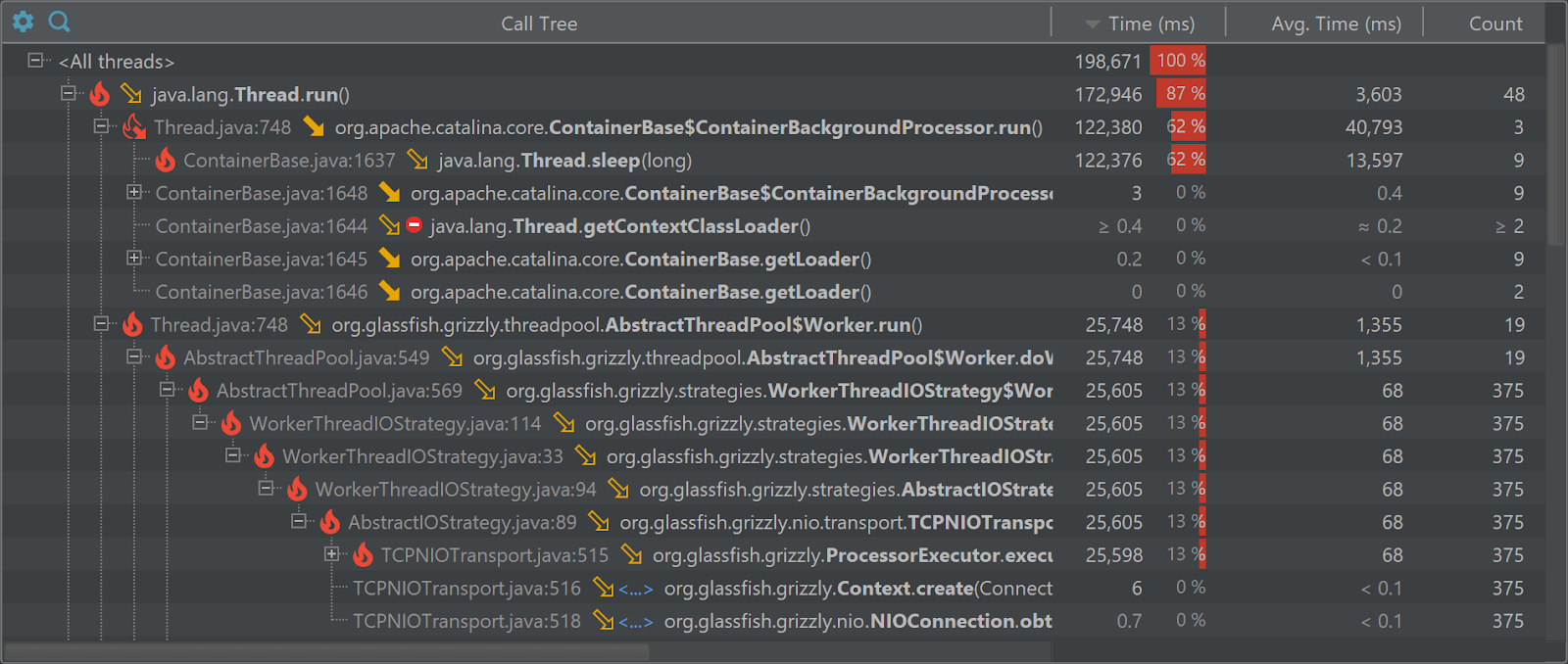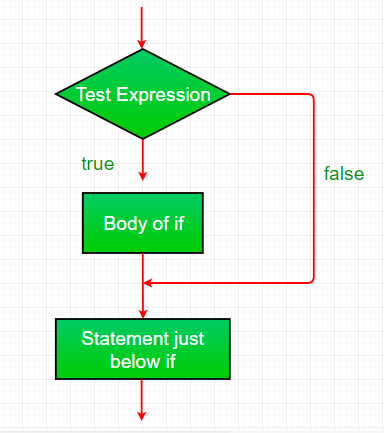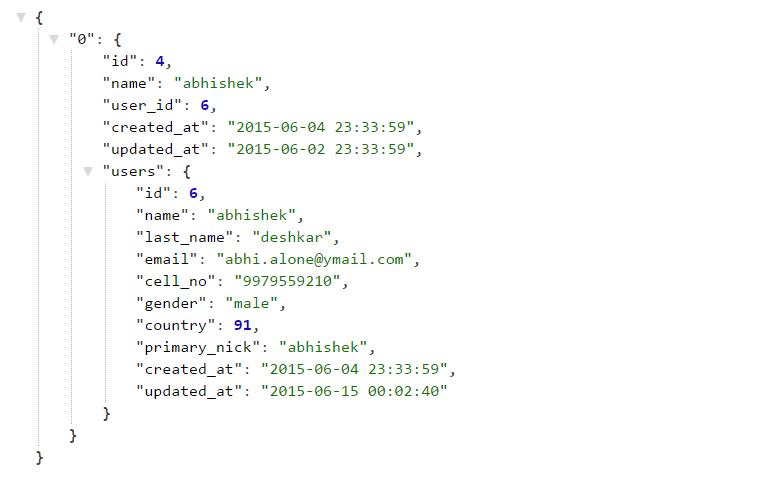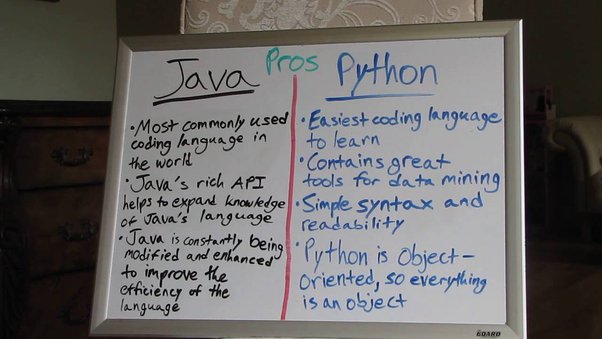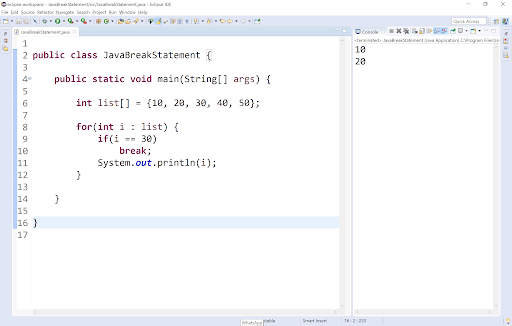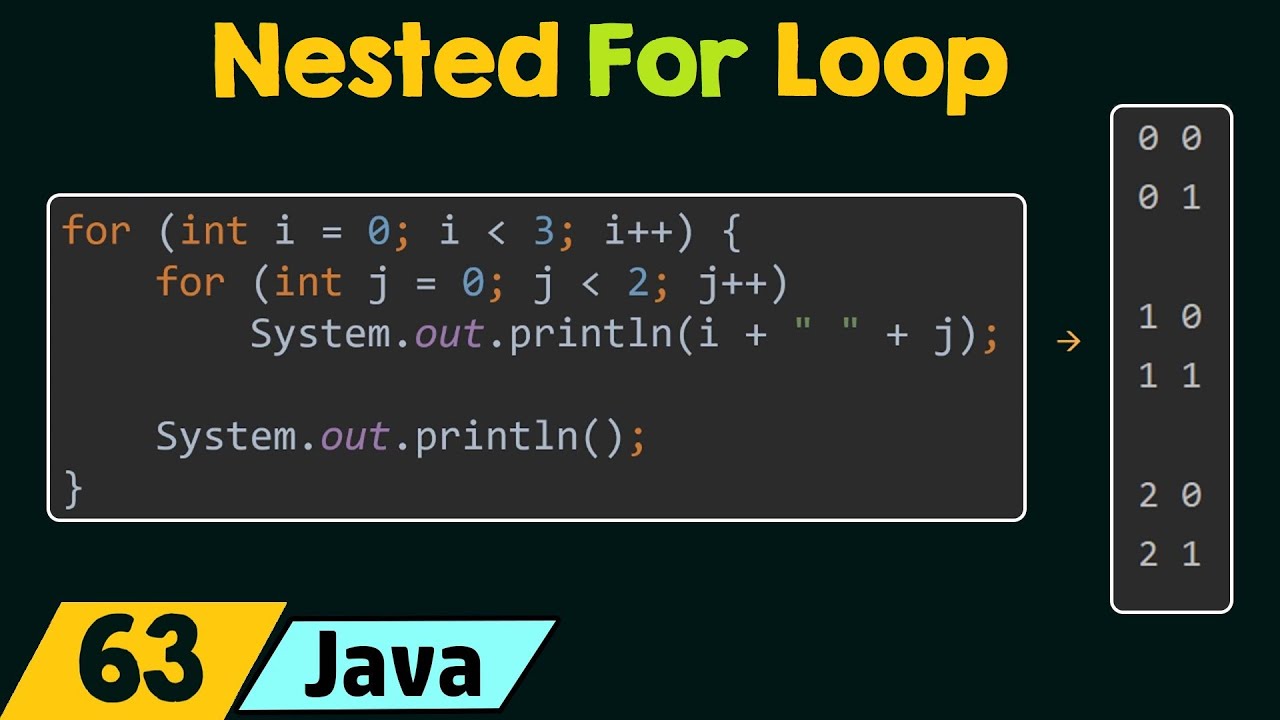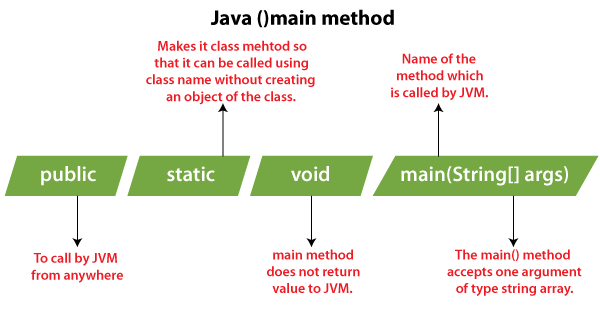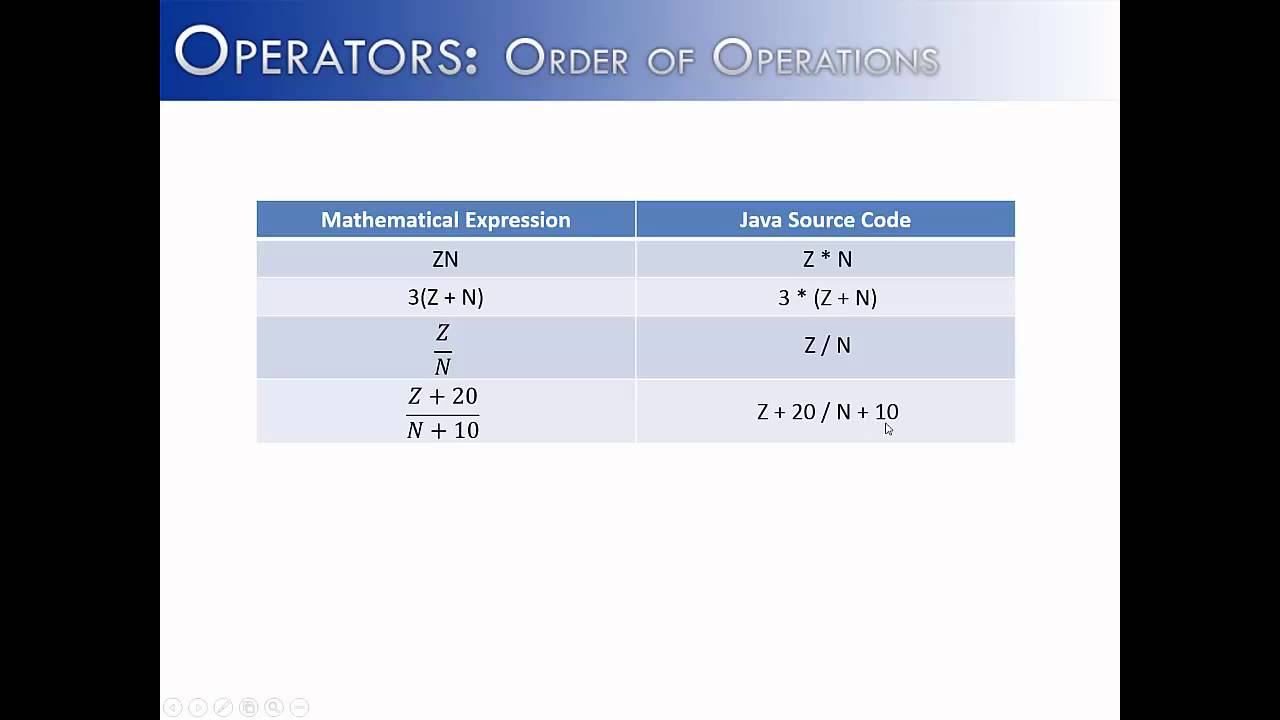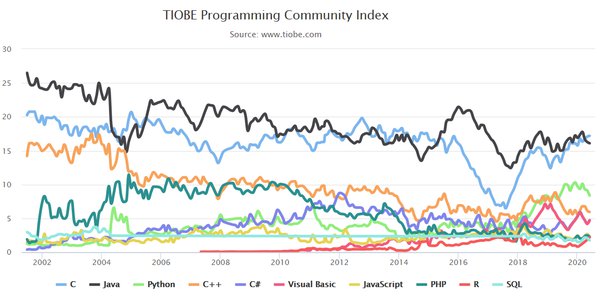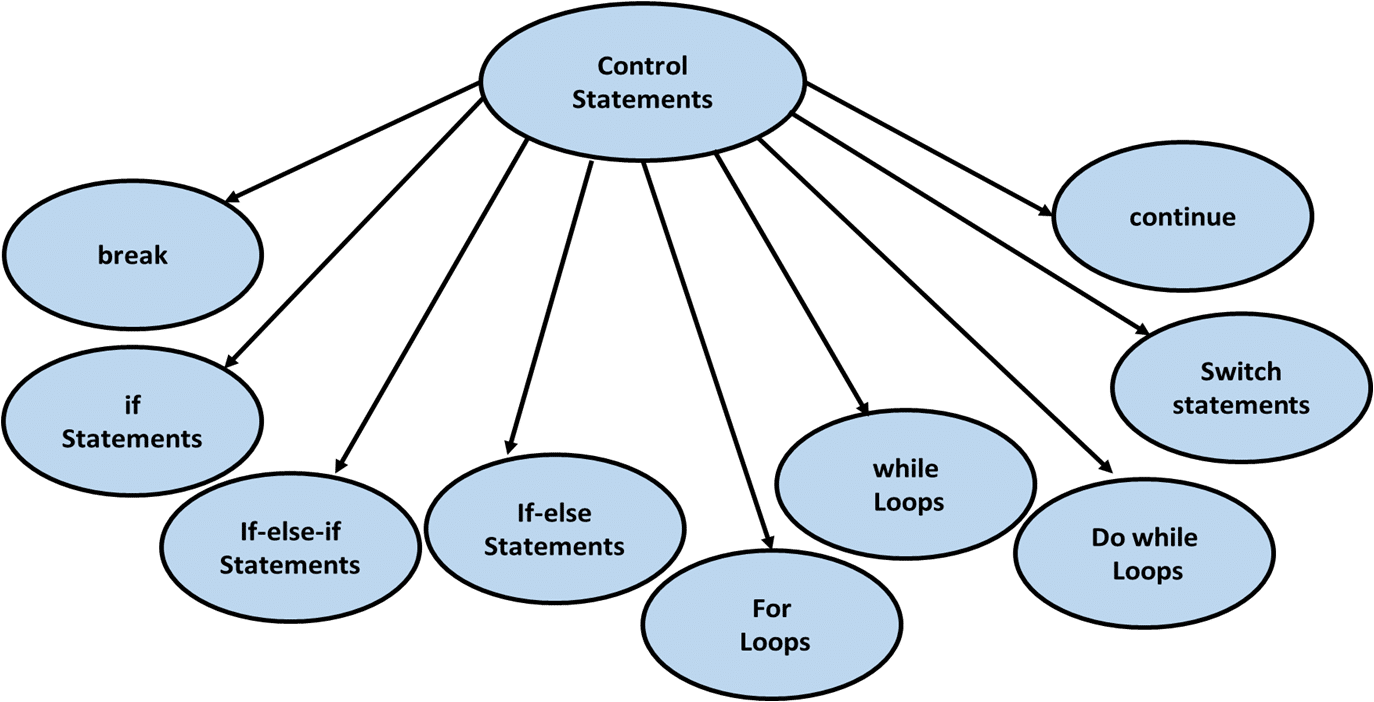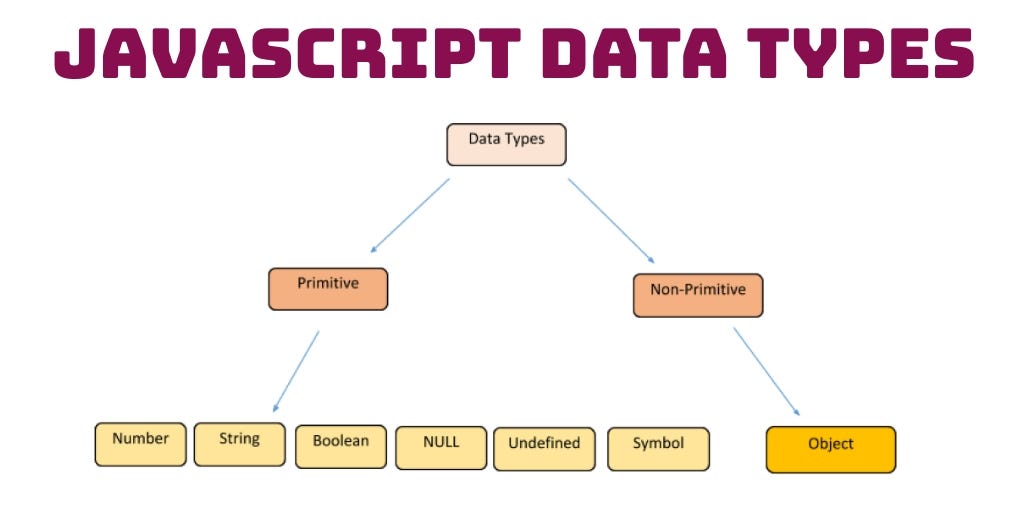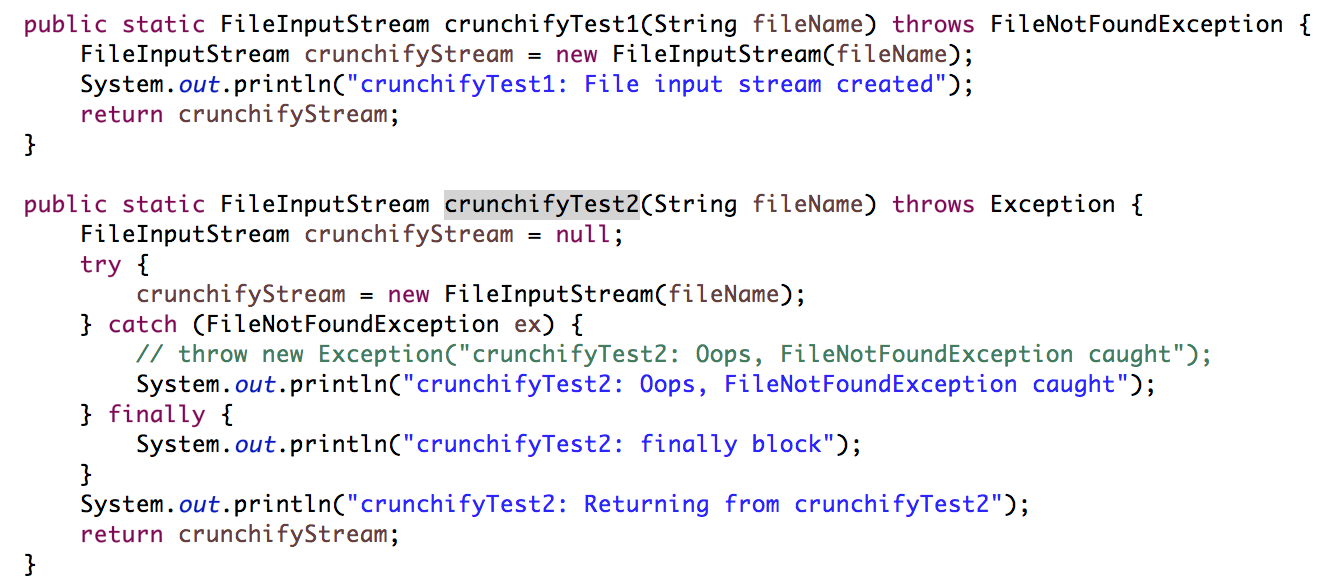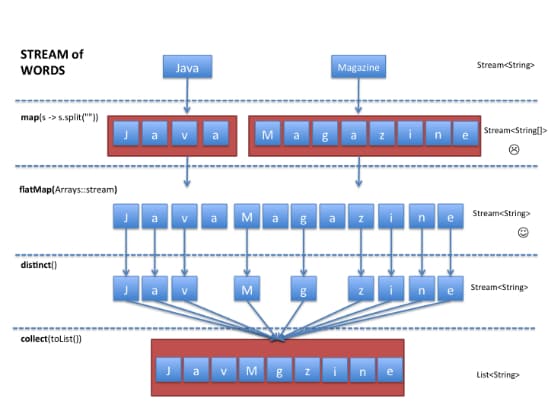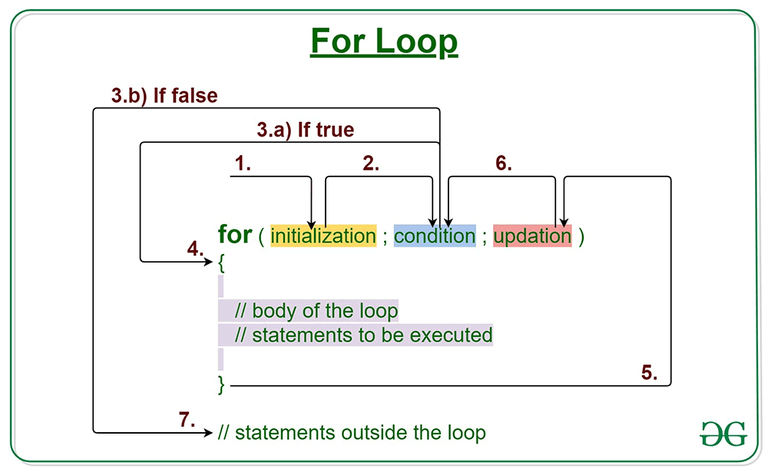What is the difference between reflection and introspection in Java?
What is the difference between reflection and introspection in Java?
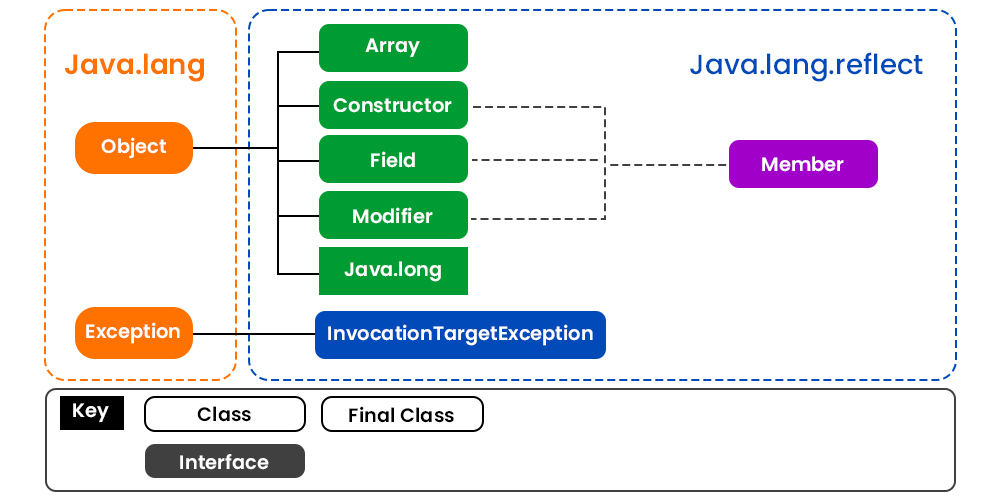
I'd be happy to explain the differences between reflection and introspection in Java!
In programming, both reflection and introspection are terms used to describe the process of analyzing or inspecting an object's internal structure, properties, or methods at runtime. However, they have distinct meanings and implications.
Reflection
Reflection in Java is the ability to examine and modify the behavior of an object at runtime without knowing its specific class definition beforehand. In other words, reflection allows you to write code that can dynamically interact with objects, including classes, interfaces, constructors, methods, fields, and arrays. This means you can:
Inspect an object's properties (methods, fields, etc.) and their values. Create new instances of classes or interfaces without knowing their concrete implementation at compile time. Dynamically invoke a method or constructor on an object. Modify the behavior of an object by changing its methods or fields.Java provides several built-in classes and APIs for reflection, including:
java.lang.reflect package (e.g., Class, Method, Field, etc.) java.lang package's getClass() method Proxy class
Introspection
Introspection is a more specific term that refers to the process of examining an object's internal state or structure at runtime, often to understand its behavior or perform some operation on it. In Java, introspection typically involves analyzing an object's fields, methods, and their relationships.
In contrast to reflection, which focuses on dynamically interacting with objects, introspection is more concerned with understanding the object's internal nature. Introspection is often used to:
Analyze the behavior of an object by examining its methods and how they interact. Discover the properties or attributes of an object (e.g., its state). Implement logging, debugging, or monitoring mechanisms.While both reflection and introspection involve analyzing objects at runtime, reflection tends to focus on dynamic interaction and manipulation, whereas introspection focuses on understanding the object's internal structure and behavior.
Key differences
To summarize:
Reflection is about dynamically interacting with an object, while introspection is about examining its internal state or structure. Reflection often involves creating new instances of classes or interfaces, modifying methods or fields, or invoking constructors. Introspection typically involves analyzing an object's properties, methods, and relationships. Reflection requires more advanced programming concepts, such as metadata (e.g., annotations) and proxies, whereas introspection is often performed using simpler, more straightforward APIs.In conclusion, while both reflection and introspection are essential features in Java, they serve distinct purposes: reflection enables dynamic interaction with objects, whereas introspection provides insights into an object's internal structure and behavior.
java reflection invoke method
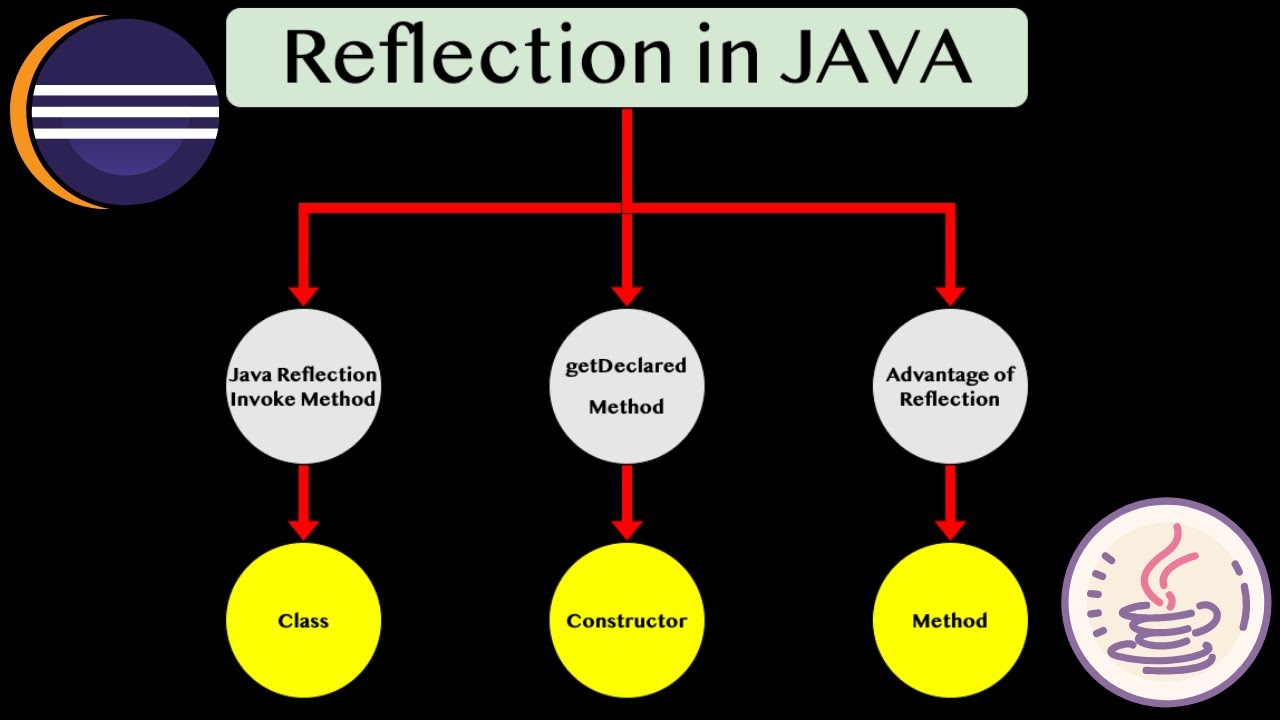
Java Reflection: Invoking Methods
Reflection is a powerful feature in Java that allows you to inspect and modify the behavior of classes at runtime. This can be useful for things like logging, testing, and dynamically generating code. One of the most common uses of reflection is to invoke methods on objects.
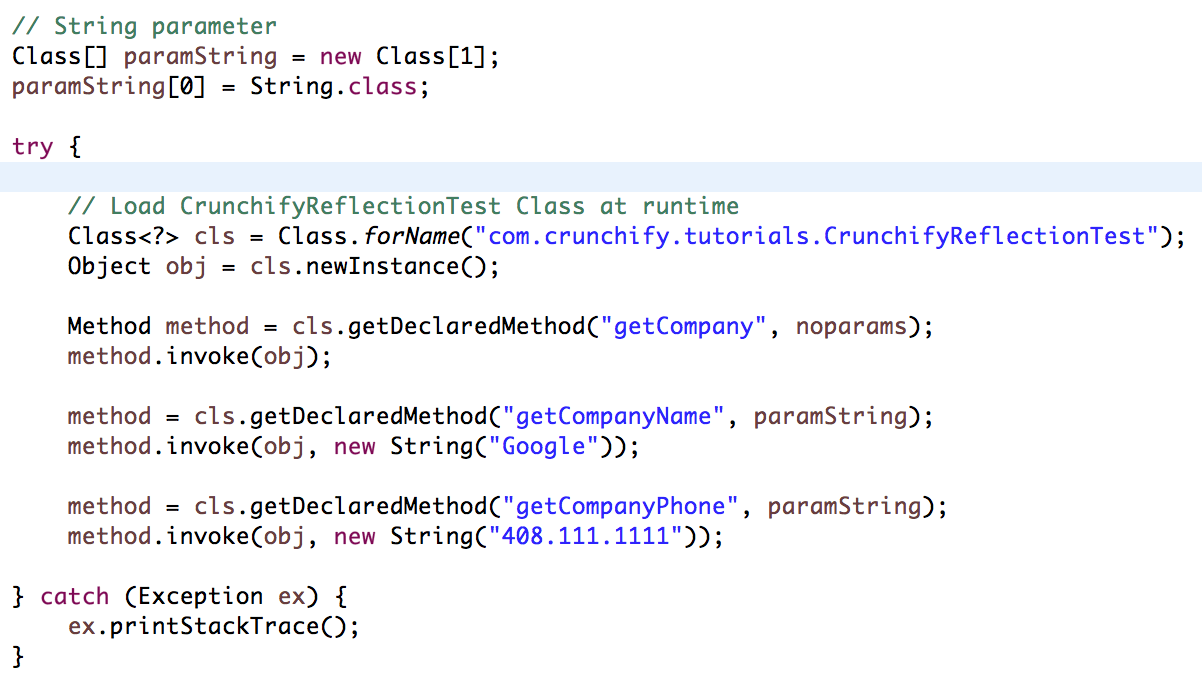
To start with reflection, you need to get a hold of the Class object for the class that has the method you want to call. You can do this using the Class.forName() method:
Class clazz = Class.forName("FullyQualifiedClassName");
Once you have the Class object, you can use its methods and fields, such as getMethod(), getDeclaredMethod(), getField(), getDeclaredField(), etc.
Here's an example of how to invoke a method using reflection:
public class Main {public static void main(String[] args) throws Exception {
// Get the Class object for the class that has the method
Class<?> clazz = Class.forName("MyClass");
// Get the method you want to call
Method method = clazz.getMethod("myMethod", String.class);
// Create an instance of the class (you need one to call the method)
Object instance = clazz.newInstance();
// Call the method
method.invoke(instance, "Hello");
}
}
In this example, we first get a hold of the Class object for MyClass. Then, we use the getMethod() method to find the myMethod() method that takes a String as an argument. We create an instance of MyClass, and then call the method using the invoke() method.
If the method you're trying to invoke is not public or static, you'll need to get it through another way, such as getMethod(), getDeclaredMethod(), etc. Here's how to do that:
// Get a non-public methodMethod privateMethod = clazz.getDeclaredMethod("privateMethod");
privateMethod.setAccessible(true); // make the method accessible
// Call the method
privateMethod.invoke(instance);
In this case, we use getDeclaredMethod() to get the method. Then, we call setAccessible(true) to allow us to access the non-public method.
You can also use reflection to set values of fields or properties:
Field field = clazz.getDeclaredField("myField");field.setAccessible(true);
field.set(instance, "Hello");
In this example, we get a hold of the myField field using getDeclaredField(), and then call set() to set its value.
Reflection is very powerful tool in Java that can be used for many things. Here are some common scenarios:
Dynamically calling methods: Using reflection you can dynamically call methods on an object based on the method name or signature. Serialization and deserialization: You can use reflection to read and write serialized data from/to a file. Generating code dynamically at runtime: Reflection is used in frameworks such as Hibernate, JPA and others to generate dynamic SQL queries for database operations. Logging: Many logging frameworks use reflection to automatically capture method calls, exceptions, etc.Here are some things you should be aware of when using reflection:
Performance: Reflection can slow down your application significantly if used in a tight loop or with large objects. Security: When using reflection, you need to make sure that the code you're executing is safe and won't compromise your system's security.Here are some scenarios where you should use reflection:
When you don't know method at compile time: If you want to call a method dynamically based on some condition or data from a database, you can use reflection. When the code needs to be dynamic: If your code depends on some external configuration that cannot be determined until runtime, reflection is suitable for this. When you need to call methods on an object in a different way: If you have objects with complex APIs and you want to call those methods from outside of those objects, reflection can help.Here are some scenarios where you should not use reflection:
When performance is critical: Reflection can be slow compared to other ways of doing things. When the code needs to be secure: If your code involves sensitive or confidential data and you don't want unauthorized access, reflection might not be suitable for this. When there are simpler alternatives: If you have a method that is used frequently in your code and it's not a good candidate for dynamic invocation, reflection may not be the best choice.In conclusion, Java Reflection is powerful tool that can be used for many things. However, you should use it carefully, considering its performance, security implications, and the complexity of using reflection in certain scenarios.
